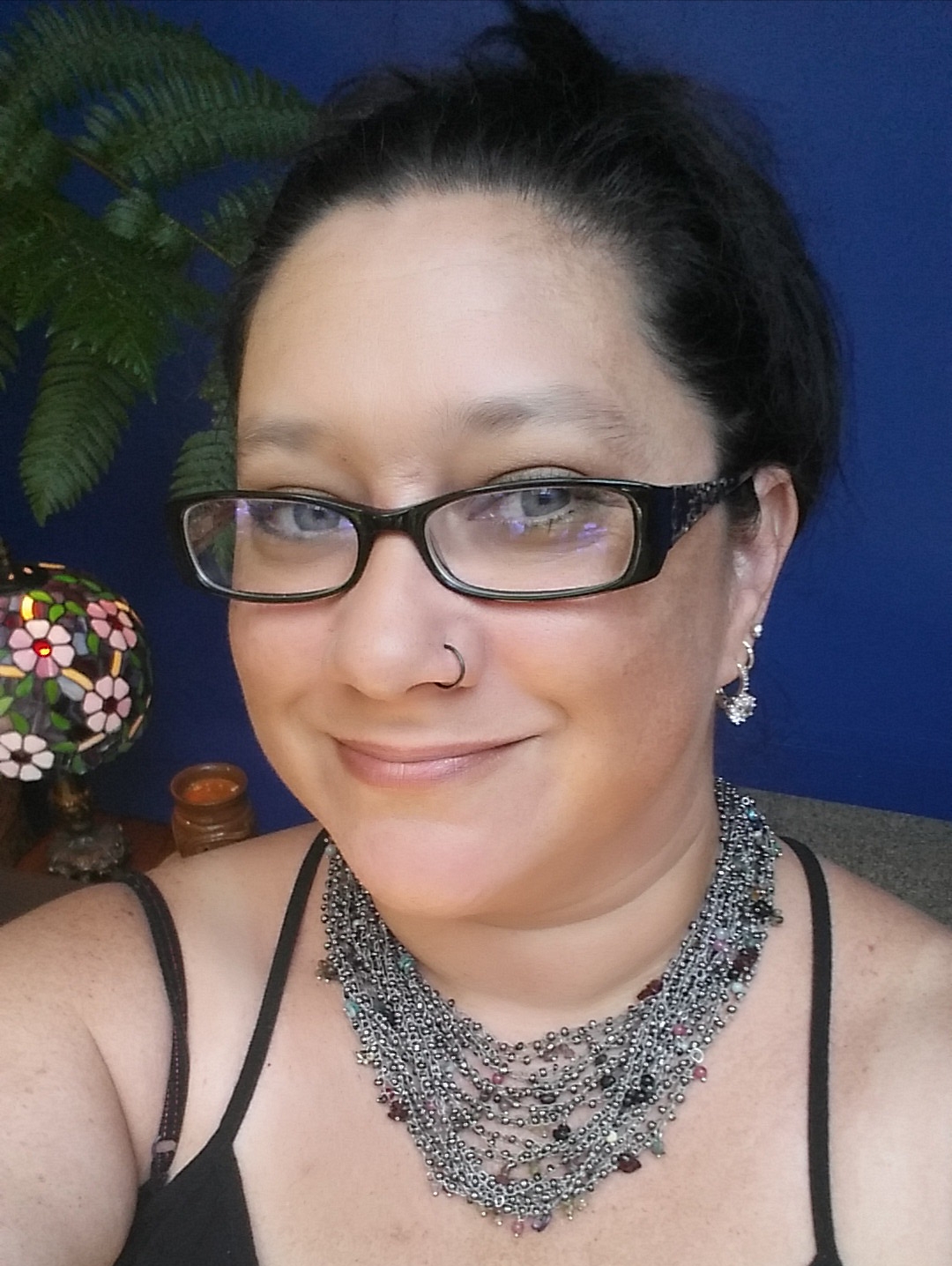We all know that a buyer’s first impression of your property will likely make or break the deal. Given that landscaping can add up to 28 percent to a home’s value, taking the time to understand what makes your lawn really work may prove invaluable.
According to landscape economist John Harris, “A well-landscaped home can reduce the amount of time the home is on the market by 10 to 15 percent.” Furthermore, going from a “good” landscaping design to “excellent” design can add an additional six- or even seven percent to your existing home value. Furthermore, creating something balanced and beautiful can get more eyes on your property listing as well as increase the return on investment (ROI).
Carefully considering what is living in your yard is one of the easiest and most cost-effective ways to take your landscaping design from its present state, good or otherwise, to “excellent.” The key to this transition lies in determining whether your existing landscaping is appropriate for your planning zone.
Planting “in the zone” will not only help your yard thrive, but it will likely result in the need for less maintenance and ongoing care. This is good news for landlords, who will likely be happy to spend less on lawn maintenance, and investors selling directly to retail buyers.
Planting In the Zone
The United States Department of Agriculture (USDA) assigns every part of the continental United States a zone number that indicates plants likely to thrive in those zones and when they should be planted [see sidebar]. You can determine whether a plant will do well in a specific zone by looking at the information on the seed packet or care tag.
Planting the right native flora at the right time not only gives you a vibrant yard, it also enables you to keep that yard thriving all year long. Avoiding “dead spots” in winter will make that first impression really pop when your buyers show up in the middle of a cold February.
Furthermore, native planting fosters biodiversity by providing wildlife a natural environment in which to thrive. Of course, using the right plants for your zone also promotes cleaner air, reduces issues associated with invasive species, and supports the native species that live in your zone.
Planting Zones: Also known as a plant hardiness zone. These zones are defined by the United States Department of Agriculture (USDA) and set the standard for plants most likely to thrive in a given location. The zones are based on average annual minimum winter temperatures. They may change over time as weather patterns change.
Endless Possibilities
Whether you are looking to raise your sales price, attract renters who will truly love your property, or just make that first impression one your buyer will never forget, planting in the right zone will optimize your curb appeal and all the advantages that brings. Take your planting native to bring out the best in your investment for your residents, renters, and your returns.
Landscaping with Zone in Mind
Just as you have a clear plan for the interior of your property, you need a plan for your exterior design as well. Avoid piecemeal landscaping: It looks illogical and sloppy and can even create subconscious uncertainty about the interior of the home as well.
Integrate simple, concise plans with detail-oriented execution to get an attractive, effective appearance that appeals to potential buyers. Here are a few tips to get you started:
1. Consider the yard’s topography.
Is the ground flat or hilly? Is there bright or low light? Plantings should work with the natural flow of the intended area and your plants should be placed to get the right amount of sun over the course of the day. If you don’t like the lay of the land, use stones, bricks, or walls to create natural elements on a smaller scale.
2. Start with the big stuff.
Select your trees first. Do you want flowering trees or hardwoods? Remember that careful placement can reduce summer and winter energy costs. Canopied trees on the west side of the home will reduce the amount of direct sunlight hitting the roof and windows. Bushy or evergreen trees on the north side of the house can partially block wind.
3. Pick your shrubs.
Shrubs are woody, multi-stemmed plants that are smaller than trees. You can select flowering shrubs or ones that stay green all year. Mix up the look of your shrubbery by planting a variety together, including different types that bloom at different times of the year so then there will be live growth all year long.
4. Finally, select your flowers.
You can plant perennials, annuals, or both. Vary your selection according to the blooms and make sure the colors work well together. To keep a colorful landscape all year, plant varieties that bloom according to the different times of the season.
Japanese Honeysuckle: Invasive species are non-native plants or animals that have the potential to cause economic or environmental harm to an area, including potentially harming human health. For example, although Japanese honeysuckle is beautiful and smells amazing, if you plant it in your yard it will take over the entire yard and smother other plants as it spreads.
Know Your Zone? Now What?
Once you know your zone there are a myriad of resources online to help you find the perfect plantings and pairings for your new landscape. Here are a few useful websites:
























0 Comments